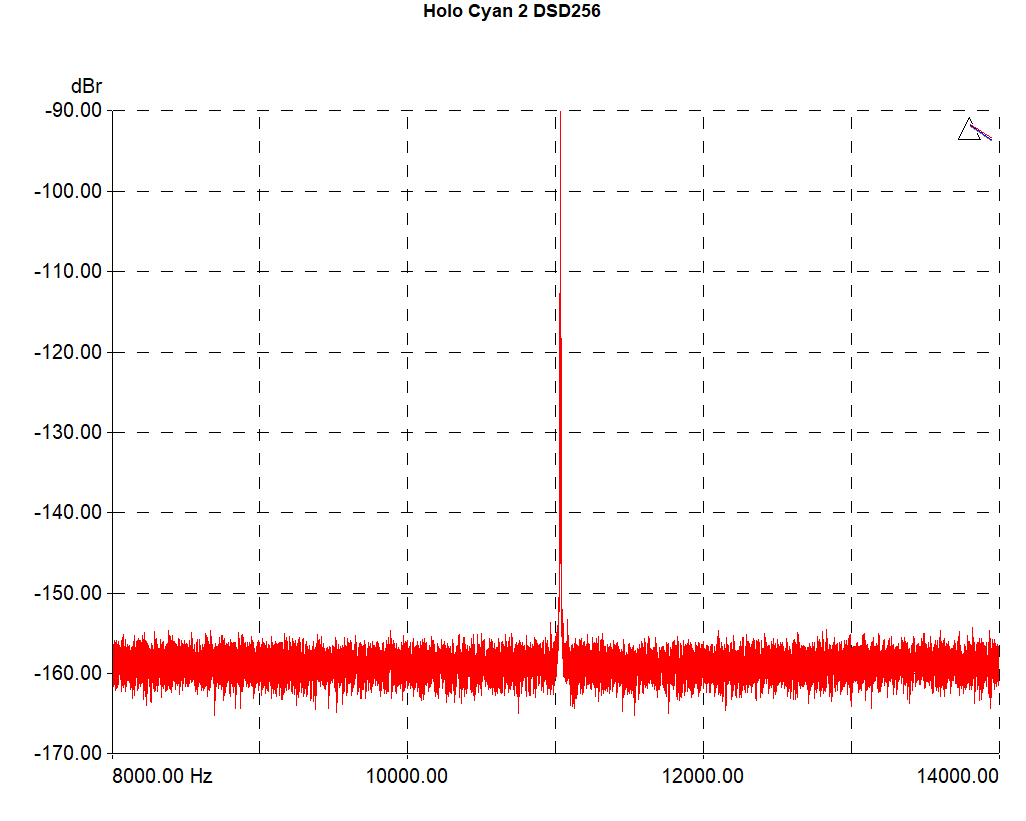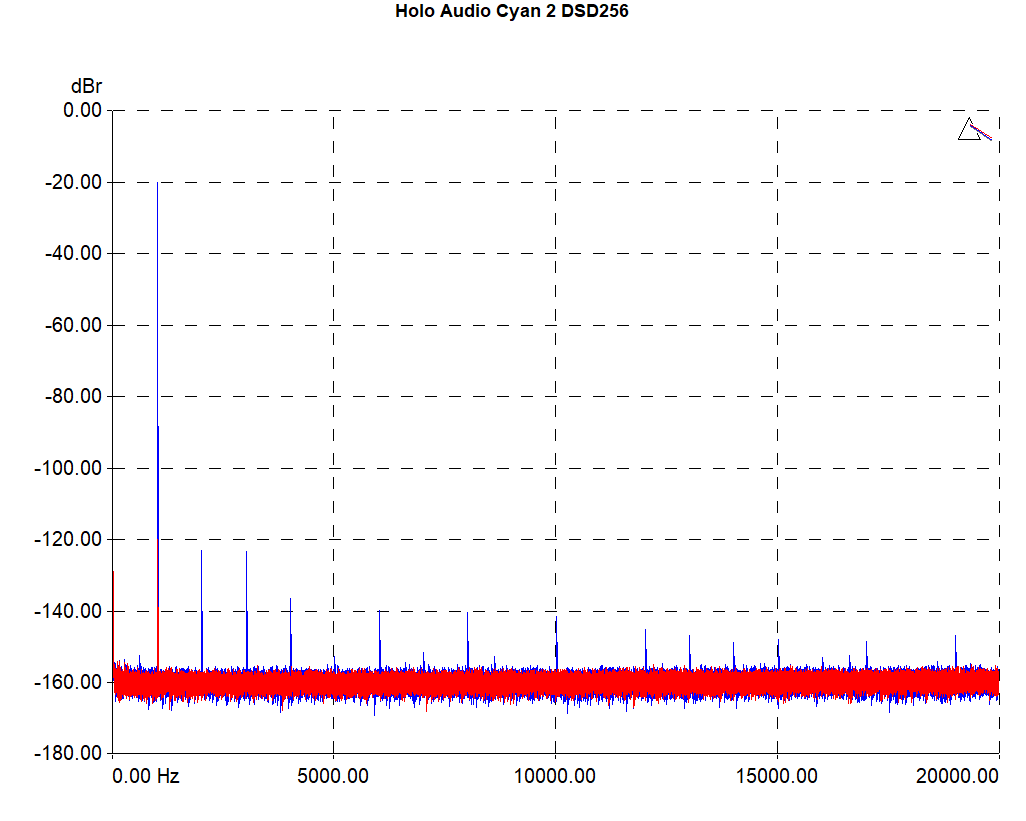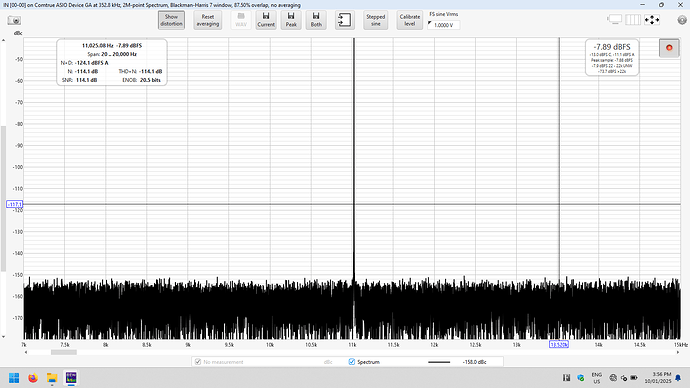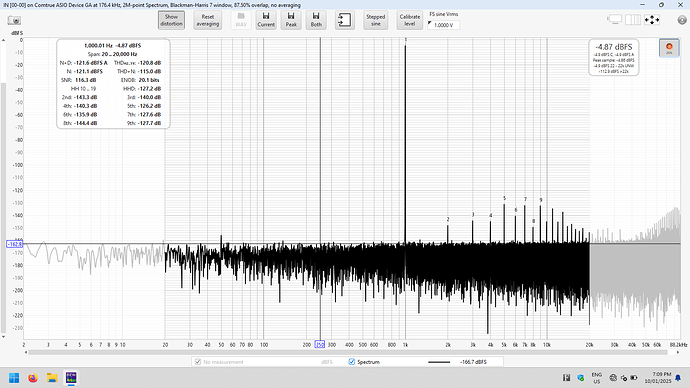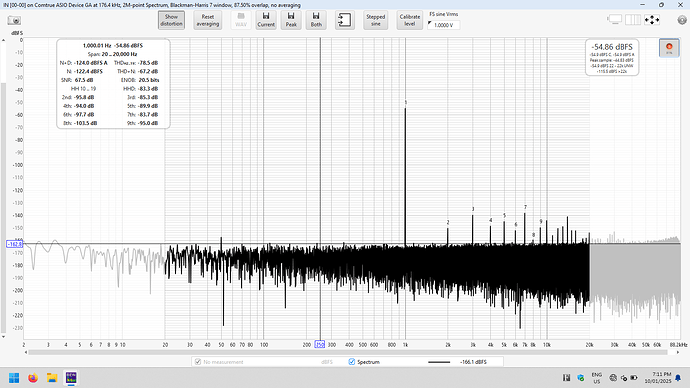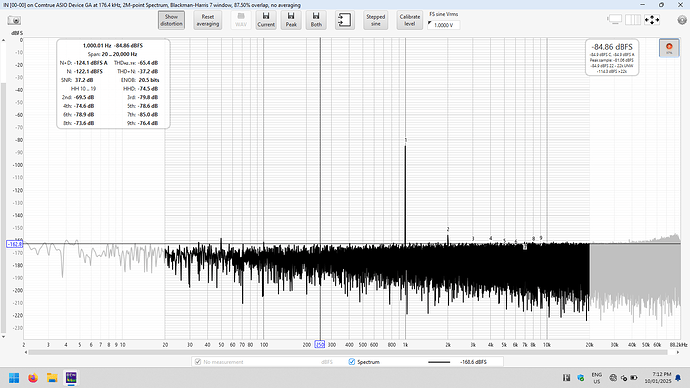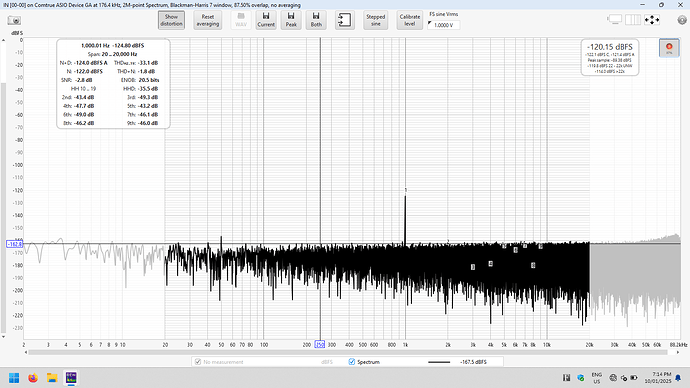Ah, okay.
So, do you believe that the K-03XD and UD701N share the same DAC circuitry?
Could make sense from a production cost perspective.
But then the flagships of Esoteric K-01XD and Grandioso’s would too.
So, do you believe that the K-03XD and UD701N share the same DAC circuitry?
Could make sense from a production cost perspective.
But then the flagships of Esoteric K-01XD and Grandioso’s would too.
Could be at least close. N-05XD looks identical to UD-701N inside apart from the PSU.
K-03XD seems to be using different board layout, but the DAC section looks very similar there too.
Marantz is similar, they seem to have largely same base DAC design on multiple products, but more variations on the analog stages, etc.
Being similar is not enough for the DAC corrections though, it would need to be same. Differences in things like PSU doesn’t matter in this respect though.
Like, what kind of mistakes does a DAC do and how can HQplayer detect those…
Its a very interesting question and a number of people have asked similarly. SFAIK there are no articles and Jussi has not given many details. We did, however, recently learn that the DAC corrections do correct some roll-off in high frequencies with the Holo Audio Cyan 2:
Best native DSD DACs for use with HQPlayer? - #2298 by jussi_laako
Accordingly, my understanding is that the HQP software is not detecting DAC errors, but the corrections are calculated by Jussi after measuring various DACs on his bench. I believe the DAC corrections are similar to a convolution file, but others have speculated they are associated with modulation.
We did, however, recently learn that the DAC corrections do correct some roll-off in high frequencies with the Holo Audio Cyan 2
I actually measured it and shared the measurement months ago. That’s an obvious place to start with DAC Corrections, for DACs like this. He might be measuring and correcting some other things too but frequency response is a great place to start.
With my headphone amp I have measured slight channel imbalance with the knob position that I set permanently, so I have Amp Correction set in HQPlayer.
Measurements for the win!
![]()
I think the matter of using the DAC correction profiles becomes more interesting if you are already doing Room/DSP. If you are already taking measurements of the sound in your room with a mic and then correcting, wouldn’t this subsume any frequency response corrections that the DAC corrections profiles might be doing? I suppose if you only correct up to say 500hz then maybe the DAC correction will still make obvious differences to the higher frequencies eg. the Cyan 2 rolloff. And/or is it correcting for anything else other than FR?
And/or is it correcting for anything else other than FR?
Yes, it is quite a bit more than just that.
If you are already taking measurements of the sound in your room with a mic and then correcting, wouldn’t this subsume any frequency response corrections that the DAC corrections profiles might be doing?
No, I certainly wouldn’t say so. You could make room measurements through HQPlayer if you want to optimize. And if you do measurements outside of HQPlayer, the output format you are using is likely different. Please note that HQPlayer corrections are specific to a particular output format.
I actually measured it and shared the measurement months ago.
Please note that the Cosmos ADC has bunch of it’s own errors, so it is certainly not the most accurate device for measuring these kind of things. ![]()
No, I certainly wouldn’t say so. You could make room measurements through HQPlayer if you want to optimize. And if you do measurements outside of HQPlayer, the output format you are using is likely different. Please note that HQPlayer corrections are specific to a particular output format.
Ok good points - ideally one would do room corrections measurements post HQPlayer Dac correction. More complicated for most measurement setups, but maybe possible.
Please note that the Cosmos ADC has bunch of it’s own errors, so it is certainly not the most accurate device for measuring these kind of things.
Of course but if one DAC has significantly flatter extended FR than another, both measured with same ADC , it is very safe to conclude one DAC has an early rolloff. Like Cyan2 vs ADI-2/AH90
The known Cosmos ADC errors (most discussed on ASR) just means I’m not bothering to do my own DAC corrections. That be silly.
Even for amp channel imbalance correction I verify even with my ADI-2 Pro (AKM) and Focusrite ADC , not just trusting Cosmos ADC alone
Cyan2 much higher IMD vs level hump , than AH-90 is actually clear on all 3 ADCs. Like 30dB higher in level than AH90 or ADI-2 (AKM)
Of course but if one DAC has significantly flatter extended FR than another, both measured with same ADC , it is very safe to conclude one DAC has an early rolloff. Like Cyan2 vs ADI-2/AH90
Yes, I’m not questioning that.
Cyan2 much higher IMD vs level hump , than AH-90 is actually clear on all 3 ADCs. Like 30dB higher in level than AH90 or ADI-2 (AKM)
I don’t remember getting such a big difference on my tests, but OTOH my testing has been mostly on Spring 2 and Spring 3. I did just some basic measurements on Cyan 2.
I could have also used different settings than you, etc.
What bothers me mostly on your AH90 results is that it is almost like they’ve forgot to put an analog post-filter on it… That is where I see a bigger difference to A26.
it is quite a bit more than just that.
I get that you wouldn’t want to talk specifics, but what should I listen for, what does the dac correction improve in terms of audible differences? It feels weird to me to spend so much on hardware and then flip a switch in software to just “correct” it.
Don’t get me wrong, I have it active right now and I’m pretty amazed at the software capabilities, but it’s a black box to me and I want to know more ![]()
I don’t remember getting such a big difference on my tests, but OTOH my testing has been mostly on Spring 2 and Spring 3. I did just some basic measurements on Cyan 2.
Do you do IMD (CCIF) vs level measurement for the Springs and DAC200?
What bothers me mostly on your AH90 results is that it is almost like they’ve forgot to put an analog post-filter on it… That is where I see a bigger difference to A26.
AH90 has less jitter and powersuply noise too
But yeh the > 100 kHz performance is not great as I noted in my measurements post
It feels weird to me to spend so much on hardware and then flip a switch in software to just “correct” it
Welcome to DSP world.
Wait till you buy a nice calibrated microphone and Acourate/Audiolense XO and have HQP start “correcting” your speakers/room issues
Hqplayer is simply too addictive isn’t it!!!???
I would have run out of things to tweak in my system years ago if not for Hqplayer to keep coming out with new exciting features that either improved convenience or more importantly sound quality!!!
ah well, I’m already there with room correction - but the speakers were 1000€ and the microphone + software close to 300, so a relatively substantial upgrade. But when the DAC alone is 3k…
I do have audiolense. I wonder how I can take a measurement and come up with a convolution with hqplayer?
Even $100k speakers in your same room likely need some correcting
It never ends ! ![]()
Do you do IMD (CCIF) vs level measurement for the Springs and DAC200?
Yes, with the 19+20 kHz tone. And bunch of others, like linearity sweeps, for example to confirm results from another measurements that 20 bits was correct for Denafrips and the plots I’ve seen elsewhere were not accurate.
In this case curve flattens out as -120 dB because the measurement signal hits noise floor there.
AH90 has less jitter and powersuply noise too
Holo Audio DACs have among best jitter performance.
And noise floor modulation test, so doesn’t happen with Cyan 2.
But I don’t store all the results I do, because it would be a huge mess and too much hassle. It is already time consuming enough to spend days on the analyzer.
Holo Audio DACs have among best jitter performance.
I’ve not seen any better than this AH90 measurement either, essentially as good as it gets and consider price and LAN NAA input for this price ! All my measurements are using its LAN NAA input. I asked them to update their NAA 4.4.0 to v5
No measurable noise floor modulation either (I have to learn how to overlay on one plot ![]() )
)
I get that you wouldn’t want to talk specifics, but what should I listen for, what does the dac correction improve in terms of audible differences? It feels weird to me to spend so much on hardware and then flip a switch in software to just “correct” it.
Don’t get me wrong, I have it active right now and I’m pretty amazed at the software capabilities, but it’s a black box to me and I want to know more
I agree. As much as I love HQPlayer, it’s weirdly at odds with the ethos of the application! The rest of which is much published/discussed, measured, etc. Like you, I like to know what my software is doing instead of just blindly accepting the output of a black box. What’s so secret/different about the way Dac correction works vs the filters and modulators? It would be nice to know at least what it does, if not how it does it!

